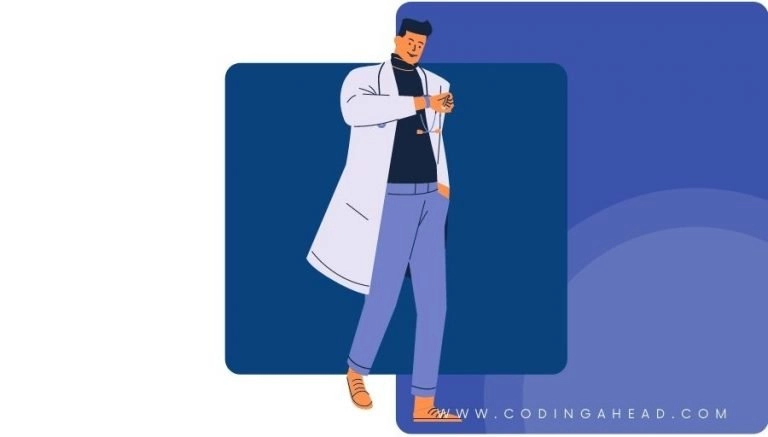How To Use CPT Code 51520
CPT 51520 describes a specific procedure that involves the excision of the bladder neck. This article will provide an overview of CPT code 51520, including its official description, the procedure itself, qualifying circumstances, appropriate usage, documentation requirements, billing guidelines, historical information and billing examples.
1. What is CPT Code 51520?
CPT 51520 is a code used to describe a surgical procedure that involves the excision of the bladder neck. This procedure is performed by a healthcare provider to address obstructions, strictures, or abnormalities in the neck of the bladder. It is important to note that CPT 51520 is considered a separate procedure and cannot be reported with a related procedure performed through the same skin incision. If CPT 51520 is performed with an unrelated procedure, modifier 59 may need to be appended to indicate a distinct procedural service.
2. Official Description
The official description of CPT code 51520 is: ‘Cystotomy; for simple excision of vesical neck (separate procedure).’ This code specifically refers to the excision of the bladder neck, which is the neck of the bladder where the urethra connects.
3. Procedure
- During the procedure, the healthcare provider makes an incision in the skin of the abdomen overlying the urinary bladder.
- They then dissect through the subcutaneous tissue or just under the skin and muscles to access the bladder.
- The provider identifies the bladder and checks it by inserting a syringe to drain out the urine.
- Next, they make an incision around the bladder neck and excise all or part of the neck.
- The bladder incision is then sutured, and a catheter is placed to drain urine and prevent leakage from the surgical site.
- The provider ensures that there is no bleeding, inserts a drain, and closes the abdominal wound by suturing the layers of tissue together.
- The drainage tube and catheter are typically removed after five days.
4. Qualifying circumstances
CPT 51520 is performed when there is a need to address obstructions, strictures, or abnormalities in the neck of the bladder. This procedure is typically indicated for patients who have conditions affecting the bladder neck that require surgical intervention. It is important to consult with a healthcare provider to determine if CPT 51520 is the appropriate course of action for a specific patient.
5. When to use CPT code 51520
CPT code 51520 should be used when a healthcare provider performs a simple excision of the vesical neck as a separate procedure. It is important to note that this code should not be reported with a related procedure performed through the same skin incision. If CPT 51520 is performed with an unrelated procedure, modifier 59 may need to be appended to indicate a distinct procedural service.
6. Documentation requirements
Documentation for CPT 51520 should include the following information:
- Patient’s diagnosis and the need for the excision of the bladder neck
- Details of the procedure performed, including the specific steps taken
- Date of the procedure
- Any complications or additional procedures performed
- Signature of the healthcare provider performing the procedure
7. Billing guidelines
When billing for CPT 51520, it is important to ensure that the procedure is performed as a separate procedure and not in conjunction with a related procedure through the same skin incision. If CPT 51520 is performed with an unrelated procedure, modifier 59 may need to be appended to indicate a distinct procedural service. It is crucial to review the specific billing guidelines and requirements of the payer to ensure accurate and appropriate billing.
8. Historical information
CPT 51520 was added to the Current Procedural Terminology system on January 1, 1990. There have been no updates or changes to the code since its addition.
9. Examples
- A healthcare provider performs CPT 51520 to excise the bladder neck of a patient with a bladder neck stricture.
- During a surgical procedure, a provider uses CPT 51520 to perform a simple excision of the vesical neck to address an obstruction in the bladder neck.
- A patient with an abnormality in the neck of the bladder undergoes CPT 51520 to have the abnormal tissue excised.
- A healthcare provider performs CPT 51520 to address a urethral obstruction caused by an abnormality in the bladder neck.
- During a surgical procedure, a provider uses CPT 51520 to excise a portion of the bladder neck to treat a patient’s urinary obstruction.
- A patient with a bladder neck abnormality undergoes CPT 51520 to have the abnormal tissue removed and improve urinary flow.
- A healthcare provider performs CPT 51520 to excise the bladder neck and address a stricture in a patient with urinary retention.
- During a surgical procedure, a provider uses CPT 51520 to remove a portion of the bladder neck and improve urinary function in a patient with an obstruction.
- A patient with a bladder neck abnormality undergoes CPT 51520 to have the abnormal tissue excised and alleviate urinary symptoms.
- A healthcare provider performs CPT 51520 to address an abnormality in the bladder neck and improve urinary flow in a patient with recurrent urinary tract infections.


